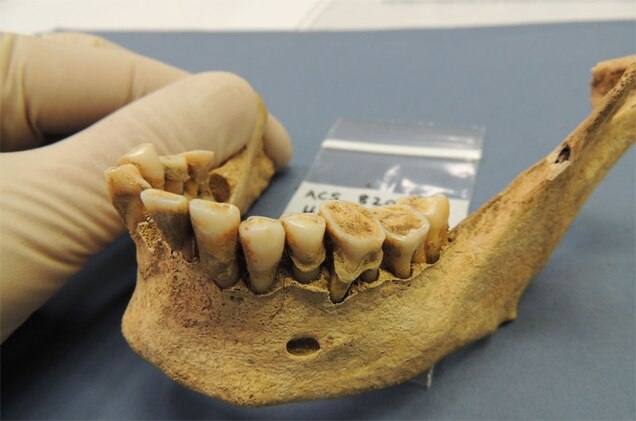Ancient peoples knew the medicinal qualities and dietary benefit of some plants thousands of years before agriculture was developed by humans. Karen Hardy with the Catalan Institution for Research and Advanced Studies in Spain and colleagues from the United Kingdom and Italy are the first to demonstrate a human knowledge of the benefits of plants that extends at least 7,000 years into the past.
The scientists examined the teeth of 14 individuals from a burial site at Al Khiday, a prehistoric site on the White Nile in Central Sudan, Africa. The site is significant in that humans inhabited the area for at least 7,000 years spanning the time prior to the development of agriculture and the time after the development of agriculture. The research focused on the chemical composition of each individual’s calcified dental plaque and the changes in diet that occurred over time.
All the peoples from the pre-Mesolithic, Neolithic, and Later Meroitic time periods were found to have consumed purple nutsedge. Purple nutsedge is a source of carbohydrates. The plant also inhibits the growth of a form of bacteria that is known to produce dental cavities. The individuals examined in the study had an extremely low rate of cavities that the researchers attribute to eating purple nutsedge
The scientists speculate that over the 7,000 years that the study covers humans developed a working and functional knowledge of the medicinal and nutritional value of purple nutsedge. The color and flavor of the plant may have been an attractant that caused ancient people to eat the plant. Paradoxically the plants that may have helped keep mankind alive and healthy until agriculture was developed is now considered one of the most pestilent weeds on Earth.















